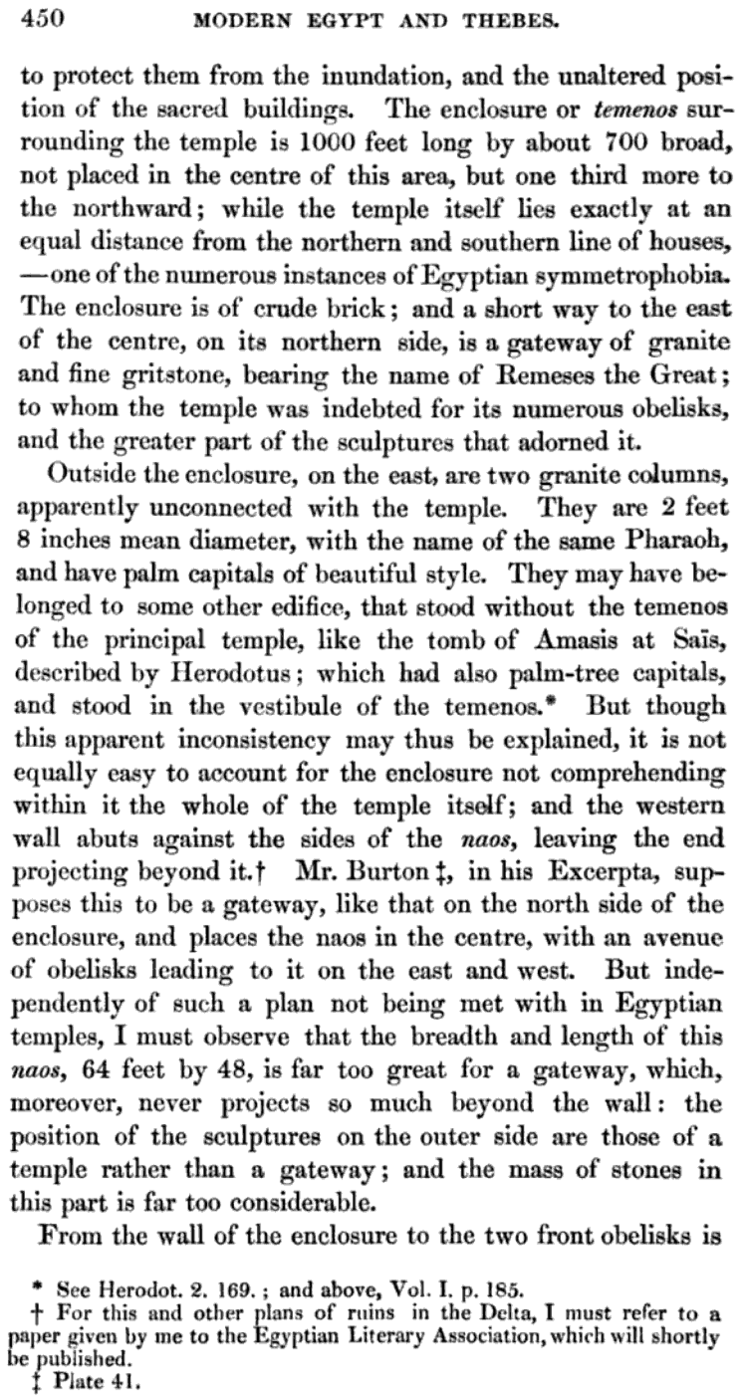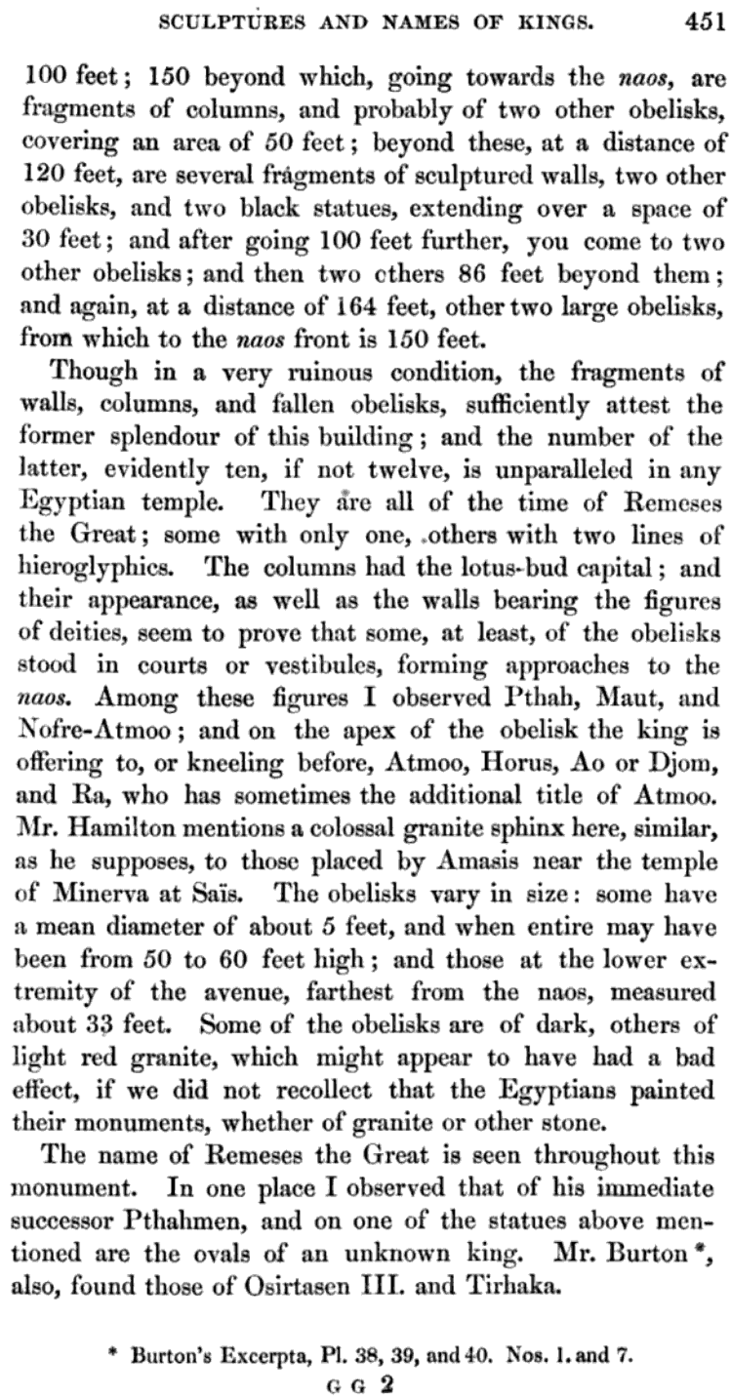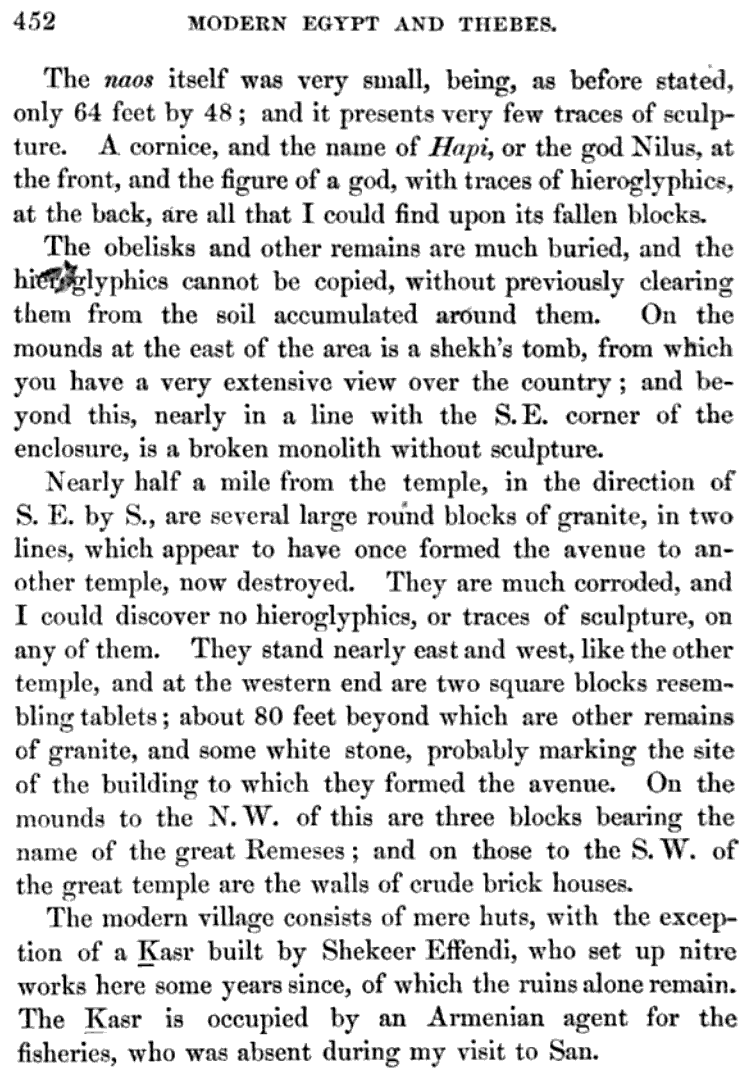|
Other Archaeological Sites / The Neolithic of the Levant (500 Page Book Online) Tanis (San El-Hagar) in the Nile Delta Read: Exploring Ancient Egypt by Ian Shaw (2003) ProofRead and Updated April 8th 2020
(1) Tanis: Its history and excavations by Nermine Sami Abd Elfattah
Tanis historical outline Tanis is one of the most important cities of the Delta. It was the capital of the nineteenth Lower Egyptian Nome. Later during the Third Intermediate Period it became the northern capital of Egypt and the royal residence of the kings of the XXI and XXII Dynasties since it was the home city of Smendes, the founder of the 21st Dynasty. It is located in the Delta about 150 kilometers north-east of Cairo on the eastern branch of a canal which was part of the original Tanitic branch of the Nile. It has been known by different names across the ages; Djane by the Egyptians -- the Zoan of the Hebrew -- the Coptic Tani or Athenniks and the modern Arabic San El Hagar, an allusion to the monumental remains of the site. But some opinions refers (sic) that the name Djan is derived from the middle kingdom word meaning "to catch fish" which might indicate the fact that Tanis was a centre of the fishing industry due to its geographical location. The foundation of Tanis The oldest remains in Tanis manifest the existence of the city of earlier time in the old kingdom, particularly the Fifth Dynasty (2392-2282 B.C.). There are some blocks of stone bearing the name of Pepi I of the sixth dynasty (2282 -2117 B.C.). All the way through the latter dynasties the Asiatics gained access to the Delta; their tribes lived in western Asia beyond the Eastern borders of Egypt where they remained until the end of the Tenth Dynasty (2160-2025 B.C.). Under the Eleventh Dynasty (2125-2055 B.C.) the ancient Egyptians were able to expel the Asiatics out of the Delta to enjoy once gain their countries independence. Later in the Twelfth Dynasty (1985-1795 B.C.) many buildings and monuments were erected at Tanis, which must have forseen its great importance in the Delta. Amen-em-hat I (the head part of whose statue came from the site) established a temple there and also other kings of the same dynasty like Sesostris I, Amen-em-hat II and Sesostris I have all left remains One example is the four large sphinxes and twin-statues group of the Nile Gods represented as holding tables and fish. Once again the Asiatics come back to control the Delta during the Fourteenth Dynasty (1750-1650 B.C.); this time by the Hyksos or so called shepherd kings, who settled in Tanis --- which has been called "Het-wârt" or house of thigh. This probably relates to the local story that the thigh of Osiris, the patron of ancient Egyptian gods, was buried in this site ... (Read More 1)
Modern Egypt and Thebes: Being a Description of Egypt, Including the Information
The History of the Ancient Near East Electronic Compendium |



